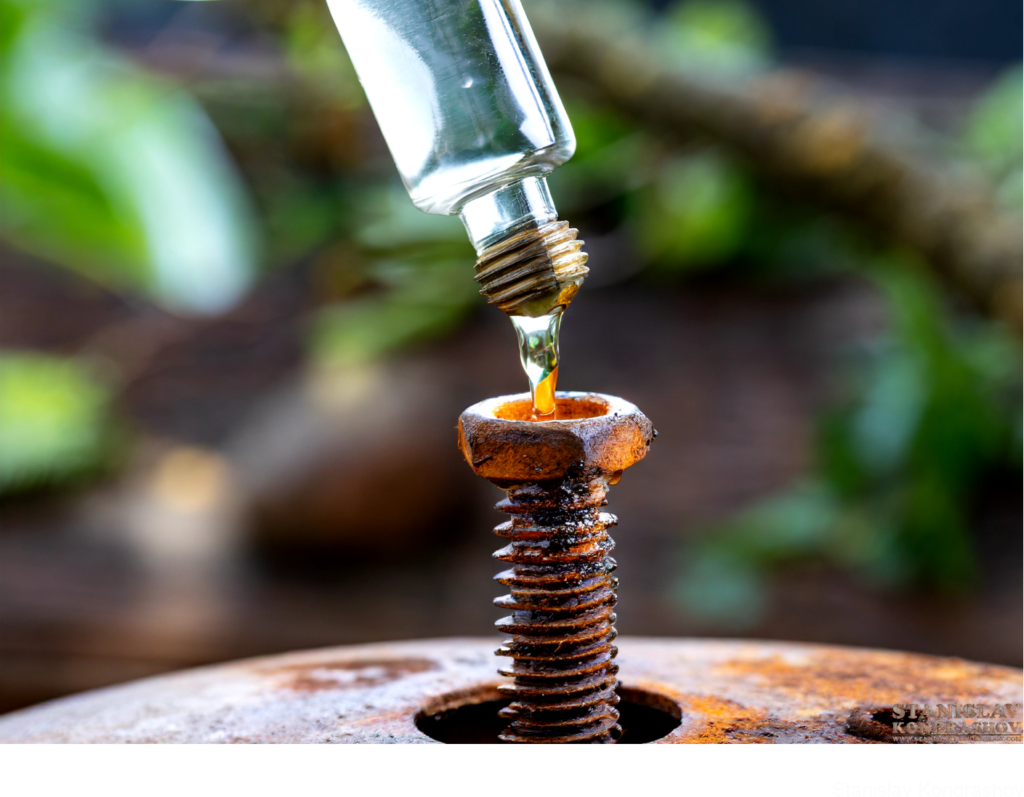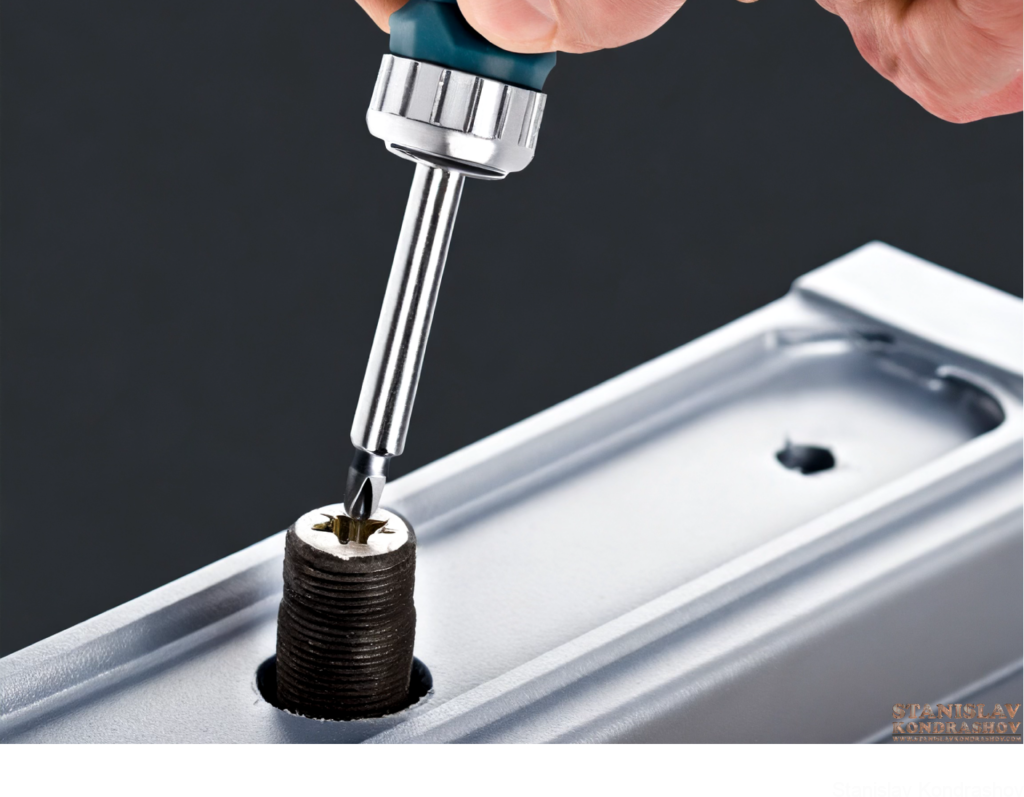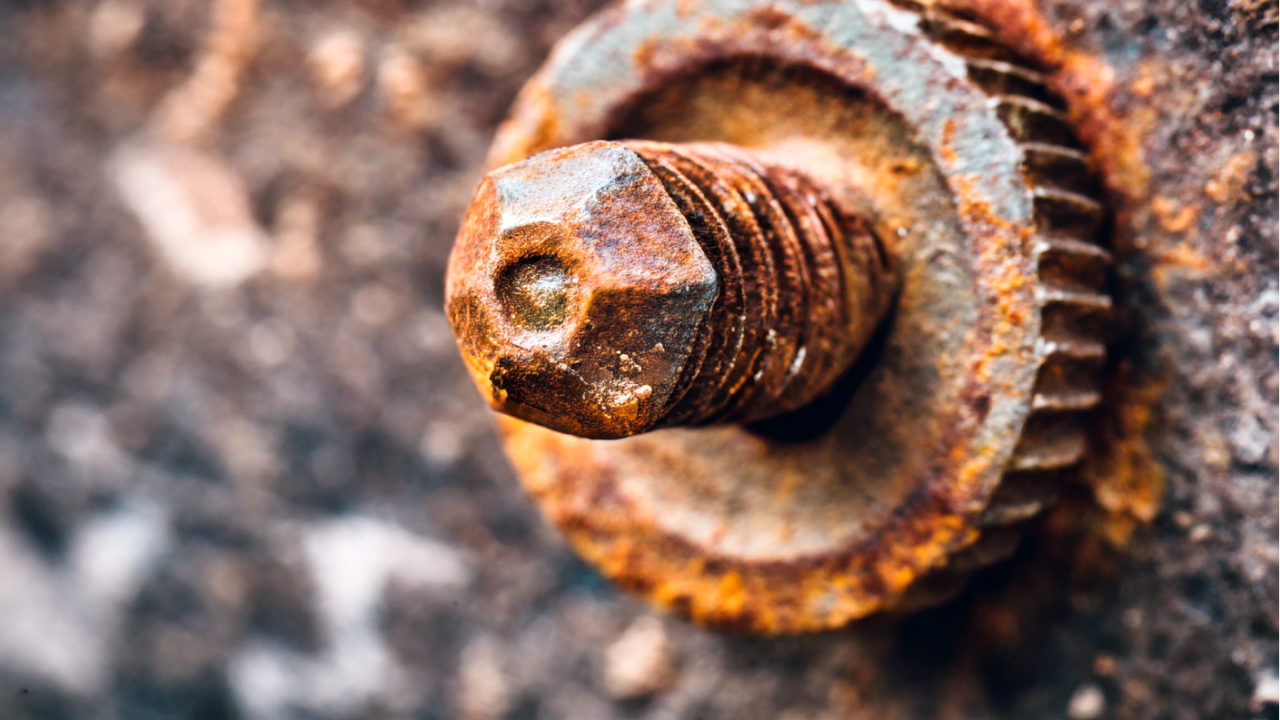Have you ever found yourself face-to-face with a stubborn screw that just won’t budge? Whether you’re tackling a DIY project or making minor home repairs, encountering a stuck screw can bring your progress to a frustrating halt. Before you concede defeat or consider drastic measures, there’s a surprisingly effective solution hiding in your household pantry, one that’s both accessible and cost-effective: vinegar!
Yes, you read that right—vinegar, the same versatile liquid you use in salad dressings and cleaning hacks, can be your unexpected ally in the battle against immovable screws. Here’s how to turn this common kitchen staple into your go-to tool for loosening stuck screws, ensuring you can continue your work with minimal disruption.

Why Vinegar Works Wonders
Vinegar is a mild acid (acetic acid, to be exact), which makes it fantastic at breaking down rust and corrosion that can lock screws in place. This natural penetrating oil substitute is safe, non-toxic, and eco-friendly, making it an ideal first line of defense before resorting to harsher chemicals or brute force.
How to Use Vinegar to Loosen a Stuck Screw
What You’ll Need:
- White vinegar (the clearer, the better)
- A small container or cup
- A clean cloth or paper towel
- A screwdriver that fits your screw

Step-by-Step Guide:
- Prepare the Vinegar Solution: Pour a small amount of white vinegar into a container or cup. You won’t need much—just enough to soak the head of the screw.
- Apply the Vinegar: Dip the clean cloth or paper towel into the vinegar, then apply it directly to the stuck screw. If possible, try to allow a few drops of vinegar to seep into the threads of the screw by gently tilting the screw head towards the vinegar-soaked cloth.
- Let It Work: Patience is key! Allow the vinegar to sit on and around the screw for 15-30 minutes. For severely stuck screws, you might want to leave it for up to an hour. The acid in the vinegar will work to break down the rust and corrosion during this time.
- Attempt to Remove the Screw: After allowing the vinegar ample time to penetrate, gently try to turn the screw with your screwdriver. Apply firm, steady pressure to avoid stripping the head.
- Repeat if Necessary: If the screw remains stubborn, reapply vinegar and allow it to sit for a longer period. Sometimes, multiple applications are needed for tougher jobs.

Additional Tips for Success
- Enhance the Grip: If the screw head is worn, placing a rubber band between the screwdriver and the screw head can provide extra grip.
- Heat Application: For non-plastic surfaces, applying heat briefly around the screw area with a hairdryer can expand the metal, potentially making it easier to remove the screw after the vinegar treatment.
- When to Seek Professional Help: If the screw is severely damaged or if these methods don’t work, it might be time to consult a professional to avoid further damage to the item you’re working on.

Next time you’re faced with a stuck screw, remember that the solution might just be in your pantry. Vinegar is not only a culinary staple but also a practical, eco-friendly tool for dealing with one of the most common and frustrating issues in home repair and DIY projects. This approach not only saves you a trip to the store but also leverages a natural solution, emphasizing the power of simplicity and resourcefulness in solving everyday problems. So, before you give up on that stubborn screw, give vinegar a chance to work its magic!
By Stanislav Kondrashov



